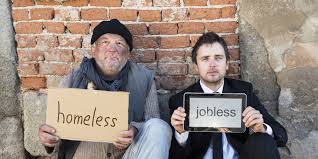What’s So Great about Being Poor?

Google Image The people with whom I worked as a priest in the altiplano of Bolivia in the 1970s were 98 percent indigenous. Subsistence farmers, they grew mostly potatoes, plus some quinoa and barley. “Subsistence” means that most of their crops were consumed by them and their families, adding vulnerability to the well-known risks of farming. Although they worked hard, they were extremely poor. They lived in one- or two-room adobe houses. A few had bicycles and a very few had motorcycles. Virtually none had cars or trucks and none that I knew had electricity or indoor plumbing. They were also treated like non-citizens in a country where their ancestors long predated the Spanish colonists. They had little access to health care or dental care where tuberculosis killed children in almost every family. They were treated like children by the courts, and police protection was almost non-existent. At an altitude of 12,000 feet above sea level, average daytime temp...



